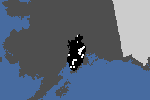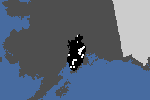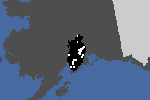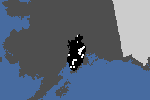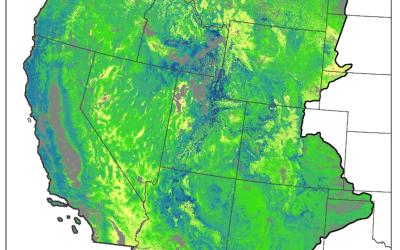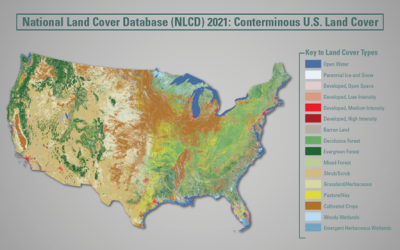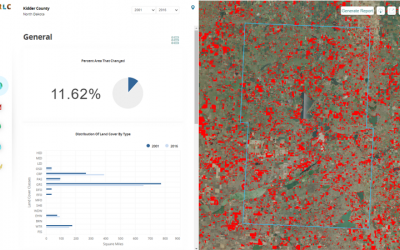Data
Use the interface below to filter and download available NLCD products. Click (here) for NLCD Science Research Products which offer more comprehensive delineation of shrub and grass classes and information about change disturbance. For access to dynamic MRLC viewer applications and tools, click (here).
Dataset Type
Region
Time Period
Urban Imperviousness
NLCD imperviousness products represent urban impervious surfaces as a percentage of developed surface over every 30-meter pixel in the United States. The NLCD 2021 release is update based, so the Impervious Surface products released in 2019 are unchanged and can be used directly with NLCD 2021.This update provides integrated analysis throughout all dates and includes a matching impervious surface descriptor layer. This descriptor layer identifies types of roads, wind tower sites, building locations, and energy production sites to allow a deeper analysis of developed features. No new imperviousness products for Alaska, Hawaii and Puerto Rico are available for NLCD 2021. (Read More)







